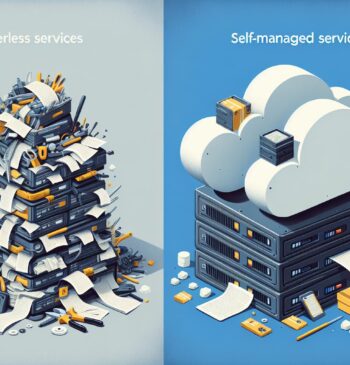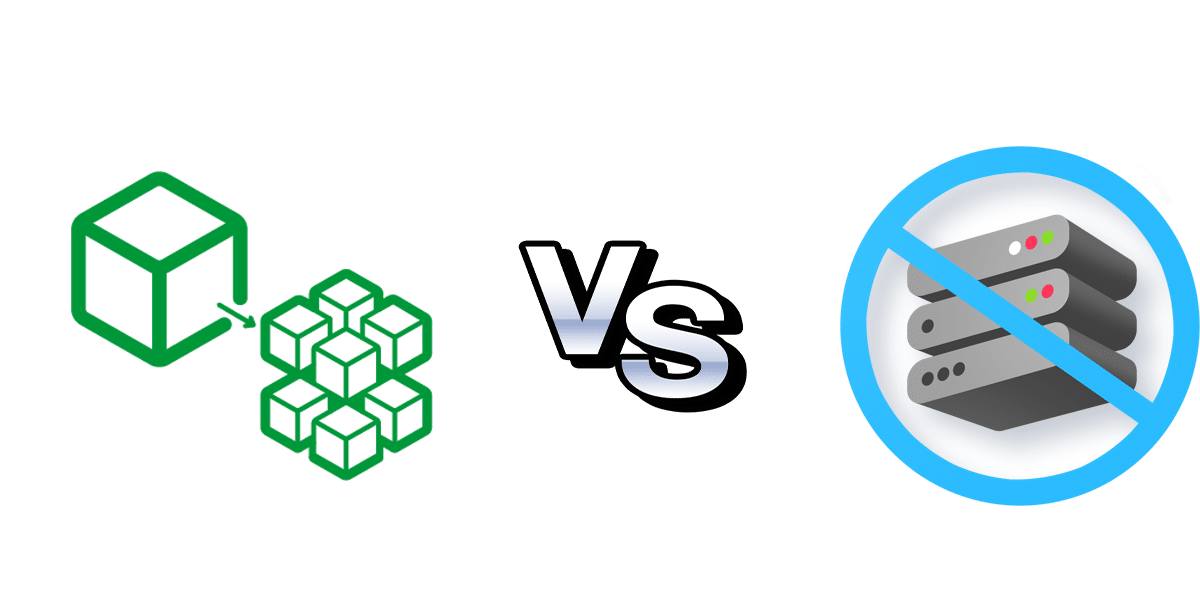30 Oct
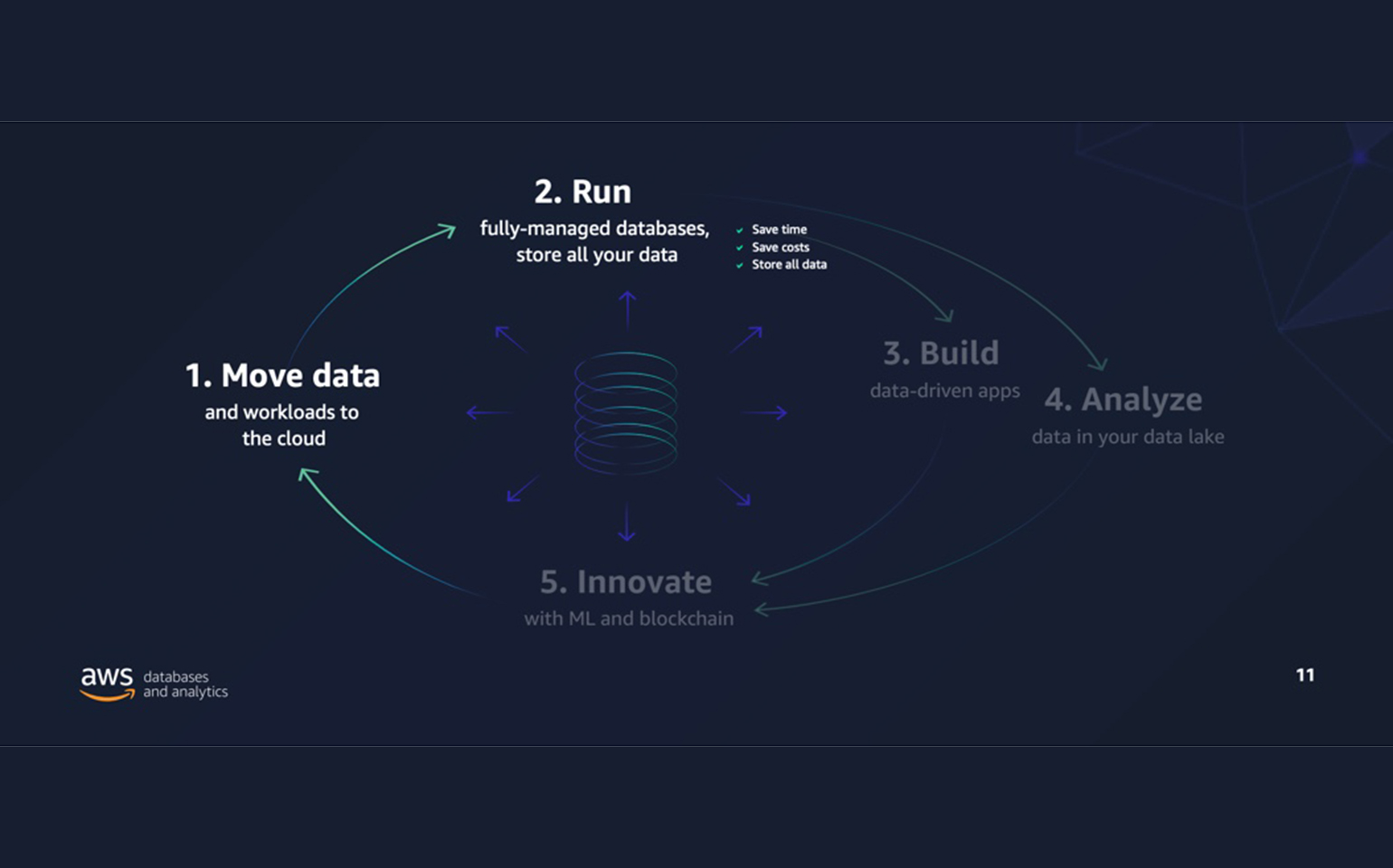
Introduction
It’s time to get more value from your data. The key? A new business framework we call the Data Flywheel.
How can you build your Data Flywheel? Move data and workloads to the cloud, scale storage with data lakes, leverage purpose-built databases and build data-driven applications, analyze all of your data, and innovate with ML and blockchain. Repeat the cycle to build more and more momentum with each turn.
Goal
Apart from being successful startups founded in the last 5-10 years, many companies have built their businesses on the foundation of maximizing the value of data. In other words, they have figured out how to “put their data to work.” And that’s critical because data has transformed from a cumbersome, expensive-to-store asset into the lifeblood of many successful organizations. Some have gone so far as to say that data has replaced oil as the world’s most valuable resource.
Showcases
Airbnb
Uses data to personalize search and recommended results. Says that AWS is helping it to prepare for more growth.
Lyft
Can now manage up to 8X more riders during peak times. Gains customer insights that power its shared-ride product. Leverages scalability to store GPS coordinates for all rides.
Tinder
Stores user-profiles and serves up relevant ads through data, both growing from zero to hundreds of millions of active users in a short time.
Steps:
1) Move your data and workloads to the cloud
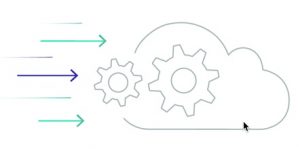
Data is growing exponentially, and on-premises solutions are becoming too cost-prohibitive and complex to keep up with demands. That’s why hundreds of thousands of businesses are moving to the cloud. Unfortunately, you can’t snap your fingers and go straight from cloud zero to cloud heaven. You’ll need to undergo a cloud migration—and while migrating to the cloud is easier today than ever before, it’s not without its challenges. How you migrate to the cloud is as vital as where you migrate. AWS migration services can help you quickly and efficiently move data, workloads, databases, and applications to the cloud—all with minimal business disruption. AWS Database Migration Service (DMS) and CloudEndure Migration are available to address server, database, and application issues.
2) Run fully managed databases, store all your data
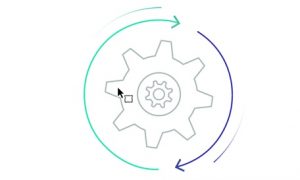 That’s why AWS built Amazon Aurora, a MySQL and PostgreSQL compatible relational database built for the cloud that combines the performance and availability of high-end commercial databases with the simplicity and cost-effectiveness of open source databases. Aurora has 5x the performance of standard MySQL and 3x the performance of standard PostgreSQL, with the security, availability, and reliability of commercial-grade databases, at one-tenth the cost. While Aurora is the best choice for relational databases, you might choose to lift-and-shift some databases to AWS first to immediately get the scalability, reliability, and ease of management that the cloud provides. This gives you the time you need to migrate any legacy code and exhaust the remaining term of your license agreements with other commercial database vendors.
That’s why AWS built Amazon Aurora, a MySQL and PostgreSQL compatible relational database built for the cloud that combines the performance and availability of high-end commercial databases with the simplicity and cost-effectiveness of open source databases. Aurora has 5x the performance of standard MySQL and 3x the performance of standard PostgreSQL, with the security, availability, and reliability of commercial-grade databases, at one-tenth the cost. While Aurora is the best choice for relational databases, you might choose to lift-and-shift some databases to AWS first to immediately get the scalability, reliability, and ease of management that the cloud provides. This gives you the time you need to migrate any legacy code and exhaust the remaining term of your license agreements with other commercial database vendors.
For these databases, we recommend Amazon RDS—a fully managed relational database service that can run your choice of database engines. Amazon RDS automates time-consuming administration tasks such as hardware provisioning, database setup, patching, and backups. It lets you scale with only a few clicks or an API call—often with no downtime. For high-availability, Amazon RDS can synchronously replicate your data to a standby instance in a different availability zone, automatically detecting any database failures and failing over to the standby instance within 30 seconds.
3) Build data-driven applications
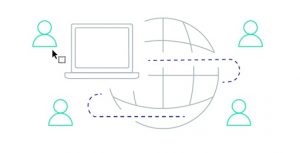 Relational databases have been the cornerstone of every enterprise application for the past two decades. However, a “relational only” approach no longer works in today’s world. With the rapid growth of data—not just in volume and velocity but also in variety, complexity, and interconnectedness—the needs of databases have changed. Many new applications that have social, mobile, Internet of Things (IoT), and global access requirements cannot function properly on a relational database alone. These applications need databases that can store TBs to PBs of new types of data, provide access to data with millisecond latency, process millions of requests per second, and scale to support millions of users anywhere in the world.
Relational databases have been the cornerstone of every enterprise application for the past two decades. However, a “relational only” approach no longer works in today’s world. With the rapid growth of data—not just in volume and velocity but also in variety, complexity, and interconnectedness—the needs of databases have changed. Many new applications that have social, mobile, Internet of Things (IoT), and global access requirements cannot function properly on a relational database alone. These applications need databases that can store TBs to PBs of new types of data, provide access to data with millisecond latency, process millions of requests per second, and scale to support millions of users anywhere in the world.
Purpose-built databases can more easily provide real-time performance— with little to no downtime—that modern applications need when scaling to meet these new requirements. Like Airbnb, Lyft, and so many others, businesses of all sizes are using purpose-built databases today to build scalable and globally distributed applications.
4) Analyze data in your data lake
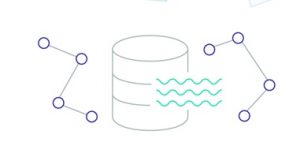 A data lake architecture allows you to store all your data once in a single place, in open formats that can then be analyzed by many types of analytics and machine learning services—faster and more efficiently than with traditional, siloed approaches. With a data lake architecture, multiple groups within your organization can benefit from analyzing a consistent pool of data that spans the entire business. A data lake and analytics architecture breaks down walls and eliminates silos, allowing you to collect, process, store, and analyze all of your data more efficiently. With this architecture, you can derive more accurate and timely insights that drive smarter decisions, boost business outcomes, and give your Data Flywheel a further push toward self-sustaining momentum. AWS provides the most comprehensive, secure, and cost-effective portfolio of services for every step of building a data lake and analytics architecture. These services include data migration, cloud infrastructure, management tools, analytics services, visualization tools, and machine learning.
A data lake architecture allows you to store all your data once in a single place, in open formats that can then be analyzed by many types of analytics and machine learning services—faster and more efficiently than with traditional, siloed approaches. With a data lake architecture, multiple groups within your organization can benefit from analyzing a consistent pool of data that spans the entire business. A data lake and analytics architecture breaks down walls and eliminates silos, allowing you to collect, process, store, and analyze all of your data more efficiently. With this architecture, you can derive more accurate and timely insights that drive smarter decisions, boost business outcomes, and give your Data Flywheel a further push toward self-sustaining momentum. AWS provides the most comprehensive, secure, and cost-effective portfolio of services for every step of building a data lake and analytics architecture. These services include data migration, cloud infrastructure, management tools, analytics services, visualization tools, and machine learning.
5) Innovate with machine 5 learning and blockchain
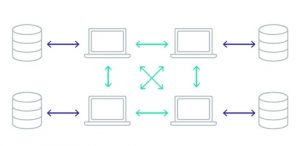 Now that your Data Flywheel has some momentum, it’s time to add in the automation and intelligence that power perpetual innovation. Machine learning (ML) can provide better customer experiences at a scale that was not possible before. With ML, customers of every size and industry can gain valuable insights into their businesses with ease and speed. With blockchain, you can store your data with integrity and ensure that you have a complete, immutable, and verifiable history of changes of all your data. Additionally, blockchain enables you to perform transactions more efficiently and removes unnecessary intermediaries. But ML and blockchain are so new that it’s hard to know how to implement them—particularly without costs and complexity growing out of control. Let’s take a look at some best practices for integrating ML and blockchain into your Data Flywheel. AWS has the broadest and deepest set of machine learning and artificial intelligence (AI) services for your business. AWS is focused on solving.
Now that your Data Flywheel has some momentum, it’s time to add in the automation and intelligence that power perpetual innovation. Machine learning (ML) can provide better customer experiences at a scale that was not possible before. With ML, customers of every size and industry can gain valuable insights into their businesses with ease and speed. With blockchain, you can store your data with integrity and ensure that you have a complete, immutable, and verifiable history of changes of all your data. Additionally, blockchain enables you to perform transactions more efficiently and removes unnecessary intermediaries. But ML and blockchain are so new that it’s hard to know how to implement them—particularly without costs and complexity growing out of control. Let’s take a look at some best practices for integrating ML and blockchain into your Data Flywheel. AWS has the broadest and deepest set of machine learning and artificial intelligence (AI) services for your business. AWS is focused on solving.
Conclusion
New data-driven apps, data lake architectures, products, and services create more data that can be stored and managed in the cloud, which allows organizations to develop new capabilities and apps, gain new insights, and deliver new products. This is a step-wise, repeatable process, which must be run project by project, like turning a flywheel, building momentum with each turn. One of the most unique characteristics of the Data Flywheel is that no “one thing” powers it, and organizations that search for such a fundamentally basic solution will likely lose their way. The Data Flywheel moves by many components acting in concert, equating to a whole that’s greater than the sum of its parts.
